Teacher Investment Strategies
Teacher Investment Strategies: Investing in education is paramount for fostering a knowledgeable and skilled workforce. For teachers, this investment extends beyond classroom resources to encompass professional development, financial planning, and personal growth. This comprehensive guide delves into various investment strategies tailored for educators, providing actionable insights and examples to enhance their careers and financial well-being.

Financial Planning for Teachers
Understanding Teacher-Specific Financial Needs
Teachers often face unique financial challenges due to varying salary scales, pension plans, and retirement options. It’s crucial to develop a financial strategy that aligns with these specific circumstances.
Key Strategies:
- Maximize Retirement Contributions: Utilize 403(b) and 457(b) plans to save for retirement, especially since many teachers do not participate in Social Security.
- Emergency Savings: Establish an emergency fund to cover unexpected expenses, aiming for 3-6 months’ worth of living costs.
- Debt Management: Prioritize paying off high-interest debts and consider refinancing student loans to secure lower interest rates.
Example: A teacher earning $50,000 annually could aim to contribute 10% to retirement savings, equating to $5,000 per year, while also setting aside $3,000 for emergencies.

Investing in Professional Development
Enhancing Teaching Skills
Continuous professional development is essential for teachers to stay updated with educational trends and improve their teaching efficacy.
Effective Strategies:
- Workshops and Conferences: Attend subject-specific workshops to gain new teaching methodologies.
- Online Courses: Enroll in online courses to acquire certifications in areas like STEM education or classroom management.
- Peer Collaboration: Engage in peer observations and collaborative teaching to share best practices.
Example: A teacher specializing in science might attend a STEM workshop to integrate new experiments into the curriculum, enhancing student engagement.
Diversifying Income Streams
Exploring Additional Revenue Opportunities
Teachers can supplement their income by exploring various avenues outside their primary teaching role.
Potential Income Streams:
- Tutoring Services: Offer tutoring sessions in subjects of expertise.
- Educational Content Creation: Develop and sell lesson plans, worksheets, or educational videos.
- Freelance Writing: Write articles or blogs on educational topics for various platforms.
Example: A teacher proficient in mathematics could provide online tutoring sessions, generating an additional $500 per month.
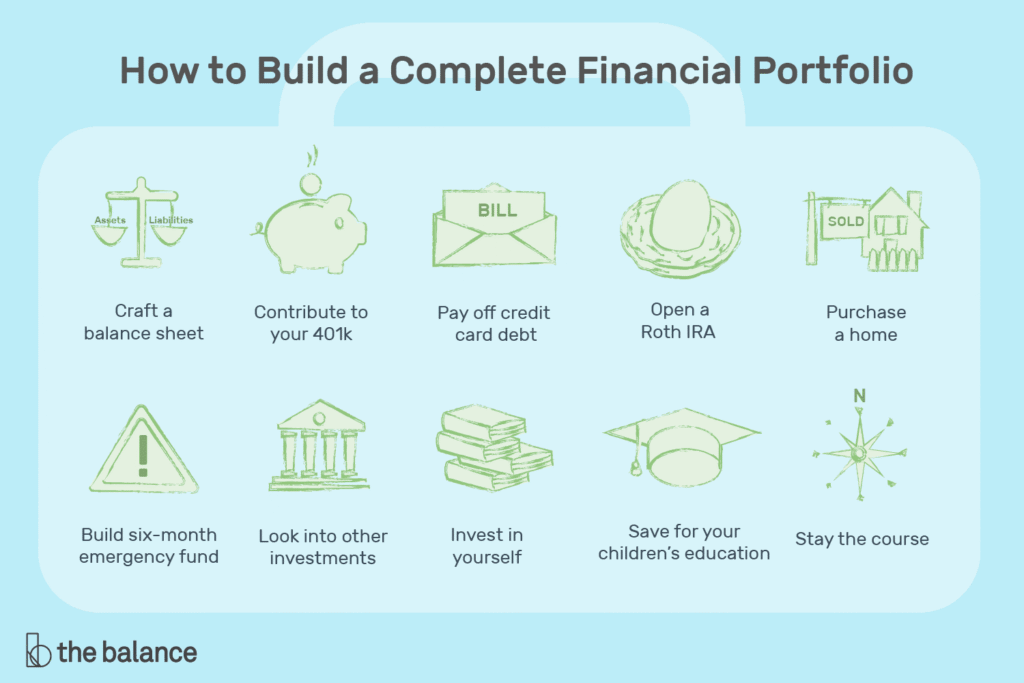
Real Estate Investment
Building Wealth Through Property
Investing in real estate can provide teachers with a steady income stream and long-term financial security.
Investment Approaches:
- Rental Properties: Purchase properties to rent out, generating monthly rental income.
- Real Estate Investment Trusts (REITs): Invest in REITs to gain exposure to the real estate market without owning physical properties.
- House Hacking: Live in one part of a property while renting out the other, offsetting living expenses.
Example: A teacher invests in a duplex, living in one unit and renting out the other, covering the mortgage and generating extra income.
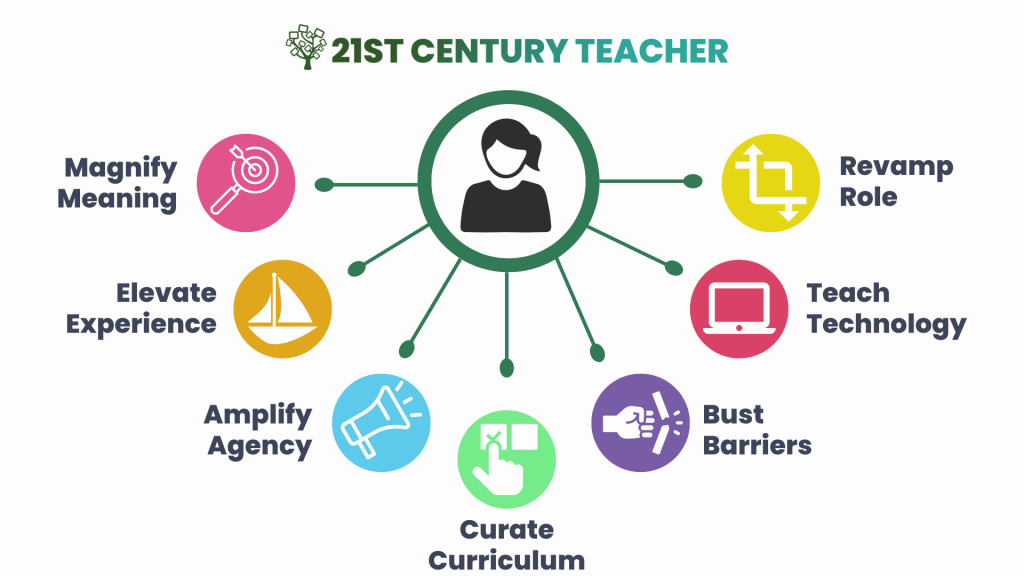
Teacher Leadership and Career Advancement
Investing in Career Growth
Developing leadership skills can open doors to advanced roles within the educational sector.
Career Advancement Strategies:
- Leadership Training: Participate in programs that focus on school leadership and administration.
- Mentorship: Seek mentorship from experienced educators to guide career development.
- Networking: Join professional organizations to connect with peers and stay informed about industry trends.
Example: A teacher completes a leadership certification program, leading to a promotion to a department head position.
Technological Investments in Education
Leveraging Technology for Enhanced Learning
Incorporating technology into teaching can improve student outcomes and streamline administrative tasks.
Technological Tools:
- Learning Management Systems (LMS): Use platforms like Google Classroom or Moodle to organize coursework and communicate with students.
- Educational Apps: Integrate apps that promote interactive learning and student engagement.
- Digital Assessment Tools: Utilize tools for creating and grading assessments efficiently.
Example: A teacher implements an LMS to provide students with easy access to resources and assignments, improving organization and communication.
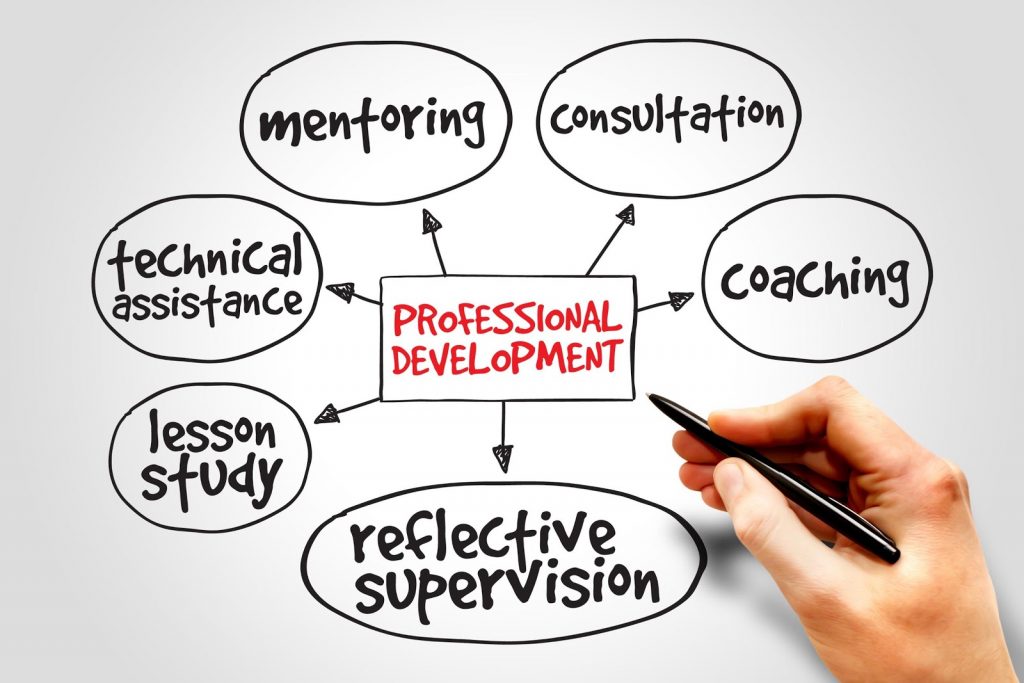
Health and Wellness Investments
Prioritizing Physical and Mental Well-being
Maintaining health is vital for teachers to perform effectively and sustain their careers.
Wellness Strategies:
- Regular Exercise: Engage in physical activities to reduce stress and improve health.
- Mental Health Support: Seek counseling or participate in support groups to manage stress and prevent burnout.
- Work-Life Balance: Establish boundaries to ensure personal time away from work responsibilities.
Example: A teacher joins a local fitness group, attending weekly sessions to stay active and relieve stress.
Community Engagement and Social Impact
Investing in the Community
Teachers can contribute to societal development by engaging in community service and social initiatives.
Community Involvement:
- Volunteer Work: Participate in local community projects and events.
- Educational Outreach: Organize workshops or tutoring sessions for underprivileged students.
- Advocacy: Support policies that promote educational equity and access.
Example: A teacher volunteers at a community center, offering free tutoring to students from low-income families.
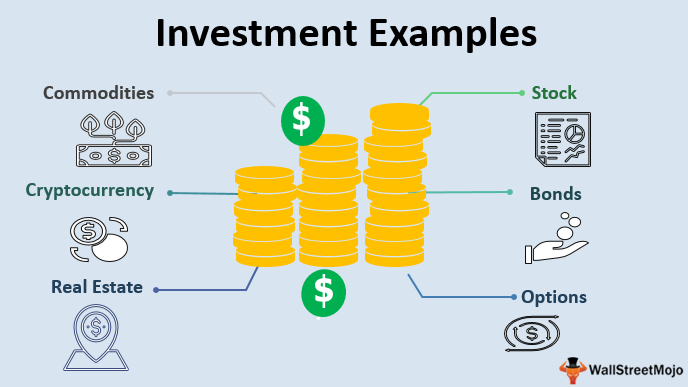
Sustainable and Ethical Investments
Aligning Investments with Values
Teachers can choose investment options that reflect their ethical beliefs and contribute to sustainable development.
Ethical Investment Options:
- Socially Responsible Funds: Invest in funds that support companies with positive social and environmental impacts.
- Green Bonds: Purchase bonds that finance environmentally friendly projects.
- Community Investments: Invest in local businesses or initiatives that promote community development.
Example: A teacher invests in a green bond fund, supporting renewable energy projects and aligning with personal values.
Continuous Learning and Adaptation
Staying Informed and Flexible
The educational landscape is constantly evolving, and teachers must adapt to new challenges and opportunities.
Adaptation Strategies:
- Professional Journals: Subscribe to educational journals to stay updated with research and trends.
- Peer Discussions: Engage in discussions with colleagues to share experiences and strategies.
- Reflective Practices: Regularly assess teaching methods and outcomes to identify areas for improvement.
Example: A teacher reads recent educational research articles to incorporate new strategies into their teaching practice.
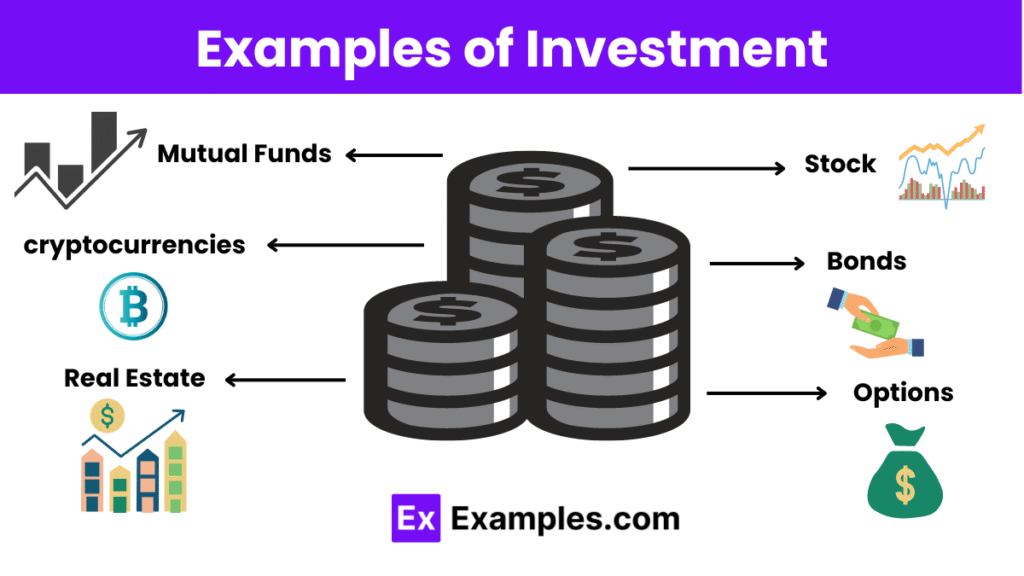
Frequently Asked Questions (FAQs)
What are the best retirement plans for teachers?
Teachers should consider 403(b) and 457(b) plans, which are designed for public sector employees, offering tax advantages and retirement savings options.
How can teachers supplement their income?
Teachers can explore tutoring, freelance writing, educational content creation, or part-time roles in education-related fields to generate additional income.
Is real estate a good investment for teachers?
Yes, real estate can provide a steady income stream and long-term financial security, making it a viable investment option for teachers.
What are some effective professional development opportunities for teachers?
Workshops, online courses, peer collaboration, and leadership training programs are excellent ways for teachers to enhance their skills and advance their careers.
How can teachers maintain work-life balance?
Establishing clear boundaries between work and personal life, engaging in physical activities, and seeking mental health support are crucial for maintaining balance and preventing burnout.
Conclusion
Investing in various aspects of life—financial, professional, personal, and social—is essential for teachers to thrive in their careers and personal endeavors. By implementing these strategies, educators can enhance their effectiveness in the classroom, secure their financial future, and contribute positively to their communities. Continuous learning and adaptation remain key to navigating the evolving educational landscape.
Free Here: Mr Meat MOD APK
